In the heart of the ongoing conflict in Ukraine, a crucial technological battle is being waged in the skies. As Ukrainian forces deploy long-range reconnaissance drones like the Shark drone to gather vital intelligence deep inside Russian-occupied territory, they face a formidable challenge: intense electronic warfare and jamming by Russian forces. However, thanks to advanced Mesh Rider radios built by U.S. company Doodle Labs, these drones can fly unaffected through the wall of radio noise, maintaining their critical missions.
The Accidental Military Drone Communicators
Doodle Labs, a Marina Del Rey, California-based company, stumbled into the military drone communications business almost by chance. Co-CEO Ashish Parikh revealed to Forbes, that their expertise in long-range Wi-Fi since 2008 coincided with the U.S. Army and Defense Innovation Unit’s search for small, low-cost radios for drones in 2020.
“Everything just came together,” Parikh said, as Doodle Labs possessed the right technologies at the right time.
Building on Existing Technology
The secret to Doodle Labs’ success lies in their ability to leverage existing 802.11 standards, which form the foundation of WiFi and local area networking. By building upon this established technology, the company can focus on enhancing and adapting it for military applications, benefiting from industry-wide research and developments like the recently launched WiFi7. This approach sets them apart from traditional military radio makers who often build proprietary systems from the ground up.
From Industrial Roots to Military Applications
Doodle Labs’ journey began in the industrial sector, providing communications for robotic machinery in challenging radio environments like mines and warehouses. The skills they developed in dealing with interference and ensuring seamless connections proved invaluable when they transitioned to military applications. The same principles of filtering, using multiple bands, and frequency hopping allow their radios to counter jamming effectively.
Rapid Innovation in the Face of Intense Electronic Warfare
The conflict in Ukraine has seen an unprecedented pace of electronic warfare, with both sides rapidly developing new jamming and counter-jamming techniques. Some U.S. suppliers have struggled to keep up, but Doodle Labs anticipated the intense jamming environment and has been innovating rapidly to stay ahead.
“Resistance to jamming is the number one requirement from our defense customers at present,” Parikh emphasized, noting that they must adapt to changes in the electronic warfare landscape on a monthly basis.
The Future of Drone Communications
Looking ahead, Parikh believes that jammers will never be able to defeat all drones due to the inherent limitations of physics. Doodle Labs’ Mesh Rider radios, with their ability to switch frequencies in milliseconds and exploit gaps in jamming, are poised to continue playing a crucial role in the ongoing drone war. As the company works with a range of customers, including the U.S. Army and major aerospace companies, their technology is set to enable new types of drone operations and overcome current limitations.
In the intense battle between drone communications and jammers, Doodle Labs’ jam-resistant American radios are proving to be a game-changer for Ukrainian forces. By leveraging existing technology, rapidly innovating, and offering long-range communication capabilities, these radios are keeping Ukraine’s drones in the skies and gathering vital intelligence.
As the conflict continues, the role of these advanced communications systems will only become more crucial, and Doodle Labs is determined to stay ahead of the curve.


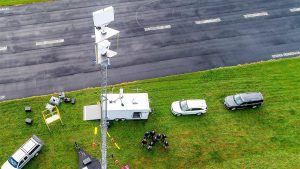



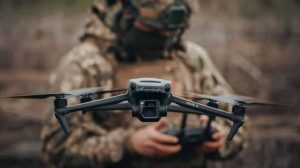


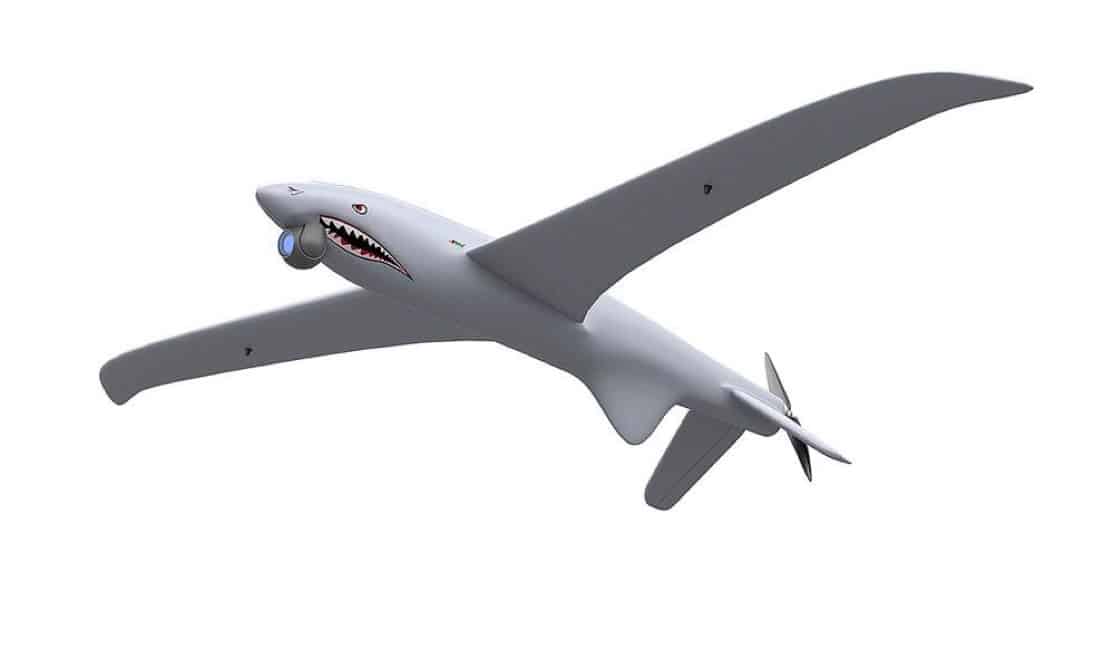


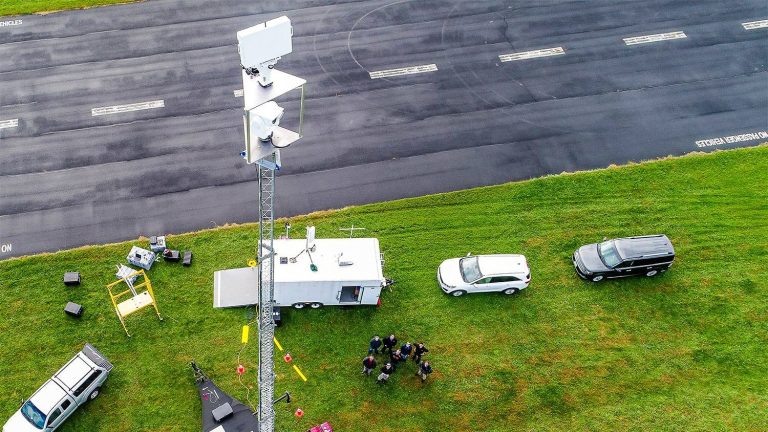





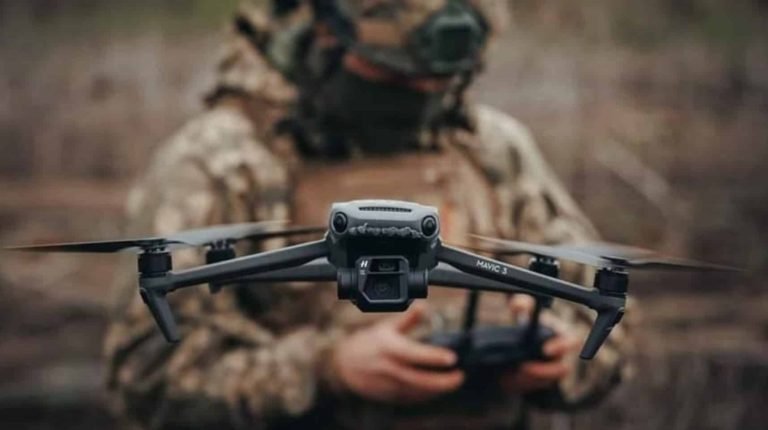

+ There are no comments
Add yours